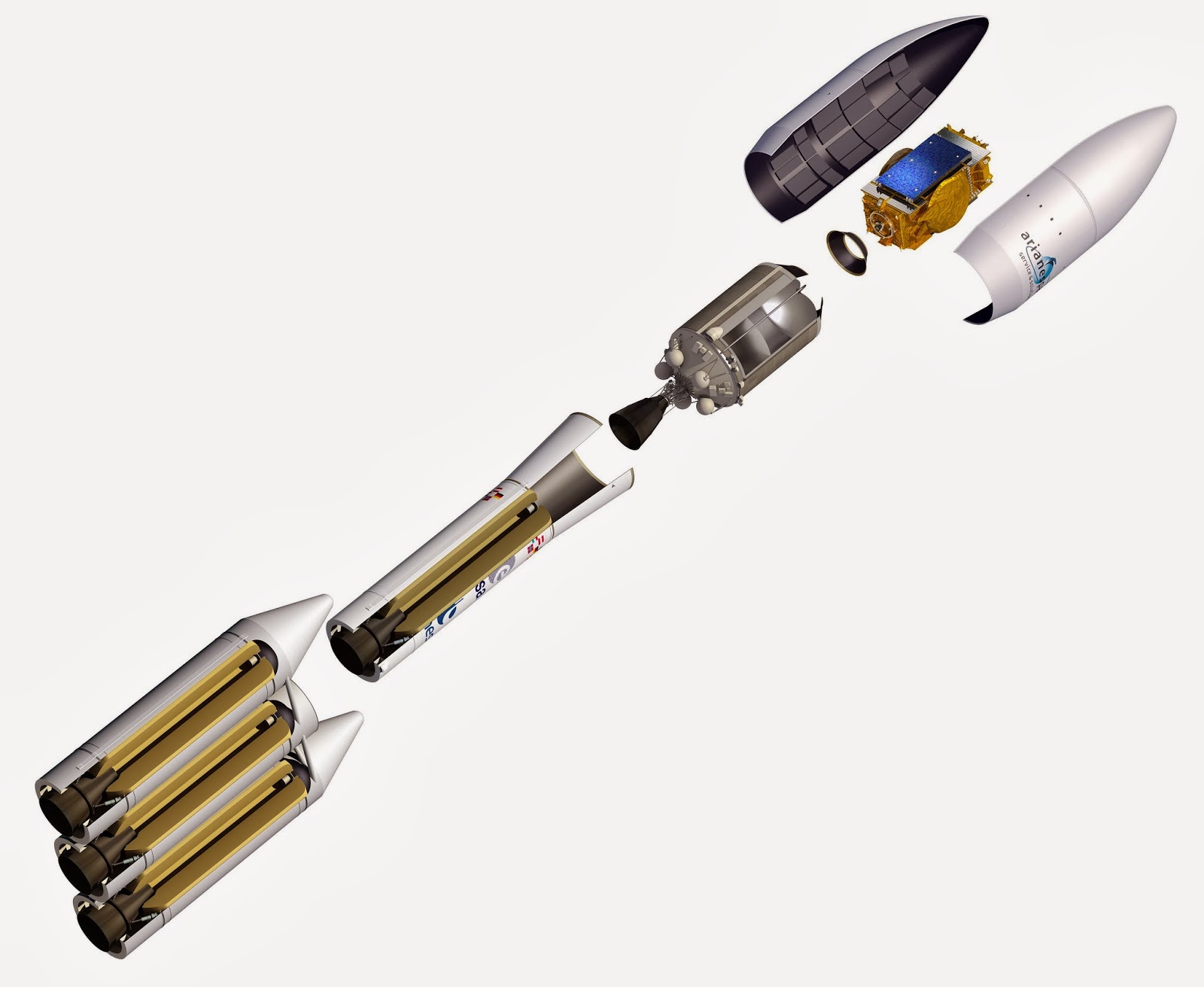Expanding on my SpaceX BFR napkin estimates
Postage stamp sized picture of what some dude on NSF thinks the BFR family might possibly look like. Some time ago, I drew up some napkin level concepts to look at what a SpaceX super heavy lift vehicle could look like. These concepts were based on what we knew about Raptor (1 million pounds of thrust, 380s vac isp) as well as Falcon 9 figures. However, in the meantime, new figures have been coming out further expanding on what we know about Raptor. Also, the original scratchings did not assume reusability, even though that is undoubtedly something this BFR will have to be capable of being, if they ever wish to colonize Mars without government support. Disclaimer: All "tons" are metric tons in here. Also, all these figures are estimates. While the figures are given as specific, one should take them with a grain of salt, and remember they're estimates. Creating a "reference vehicle" First, a starting point from which we can expand on the concept. As a...
